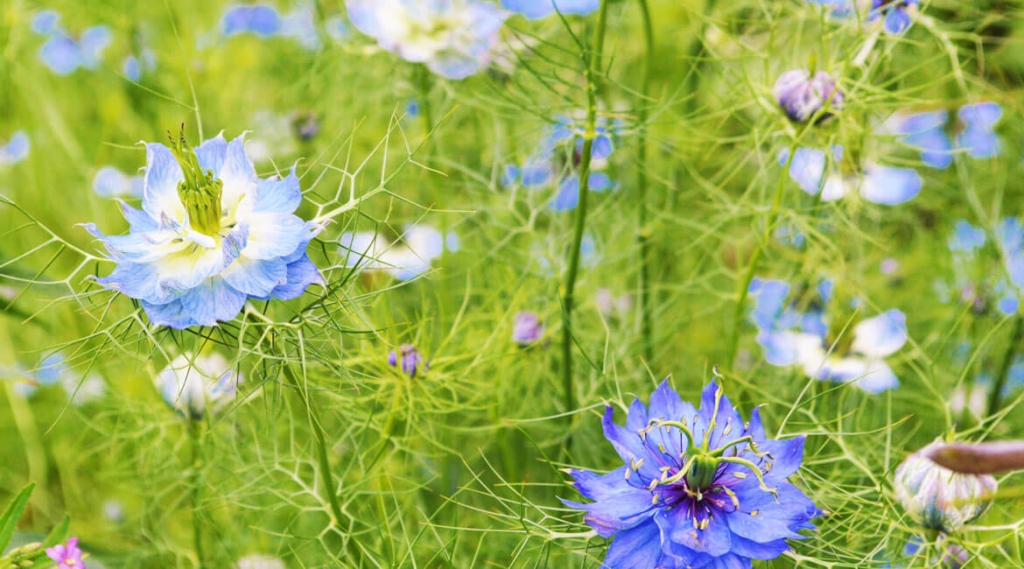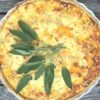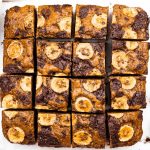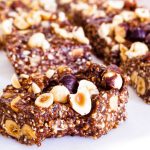
Healthy Lifestyle, Our Wholefoods Kitchen
Nigella : The missing spice in your kitchen
Image: The delicate Nigella flower comes is many shades of blue and purple
Nigella sativa is a plant native to Southern Asia that produces tiny and richly flavoursome jet black seeds. Nigella seeds are known by many other names including black cumin, black caraway, black coriander and Kalongi or Kalonji. These seeds are a popular spice in many cultures including India and the Middle East, having also been used medicinally for many centuries.
Today Nigella seeds are used across the globe and not only are they great for enhancing the flavour of many dishes, but we now know a lot more about their incredible array of medicinal benefits as well.
Nigella seeds have been extensively studied and found to be anti-microbial, anti-diabetic, anti-cancer and immune enhancing as well as protective for the lungs, kidneys, liver and digestive tract. With these properties its no wonder they are amongst the highest rated evidence-based herbal medicines around.
Nigella seed looks similar to a black sesame seed being about the same size however with a unique raindrop shape, making it popular as a decorative spice sprinkled onto breads or tossed through salads. Nigella has a strong, peppery flavour that some say tastes somewhat like oregano and onions. It is commonly used in curries, casseroles, dahl, pickles and to flavour rice as well as an ingredient in spice mixes. In Bengali cuisine, there is a popular spice mix called panch poron, which has cumin, fennel, fenugreek and black mustard seeds mixed with nigella. This aromatic mix can be added to almost anything, from steamed vegetables to bean and lentil dishes.
To enhance the flavour of nigella, the seed is usually dry-roasted or tempered in a pan. Dry roasting involves heating the seed in a pan until you can smell the aroma releasing. You can then grind and use in cooking. To temper means to warm the spice first in a pan with oil until the flavour is released from the spice and this is usually done in the pan before adding other ingredients or it is done in a separate pan and added at the end of cooking. These methods are easy to do, are essential in creating more depth of flavour to your cooking and can be applied to almost every spice.
Enjoy your week in the kitchen!
Jesabe Warner
Naturopath, Affordable Wholefoods


















Leave a reply